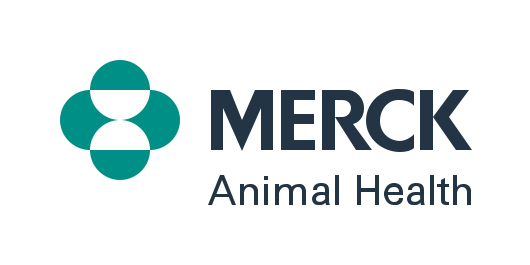Setting up cows for success at preg-check
By Dr. Brent Meyer
Pregnancy-check season is a time to identify and sell open cows. It’s also important to take steps to ensure pregnant cows deliver calves that are as healthy and strong as possible to help them thrive in the face of normal neonatal challenges. Aside from determining pregnancy and estimating calving dates, this is a good opportunity to physically examine cows and cover any vaccination and parasite control needs.
Determine vaccination needs for the cow
If the cow herd was not vaccinated in the spring before breeding, now is the time to give the annual respiratory and reproductive vaccine boosters. A killed or modified-live vaccine (MLV), labeled as safe for pregnant cows, can be used. MLV vaccines should only be used if a cow has been vaccinated within the past 12 months with the same vaccine. Vaccines providing protection against Bovine Viral Diarrhea (BVD), Infectious Bovine Rhinotracheitis (IBR), vibriosis and leptospirosis are essential..

Prepare for passive protection
Vaccinating cows prior to calving also will stimulate antibody production that will result in higher-quality colostrum, ultimately giving calves better protection when they’re born. For example, you can administer a scours vaccine five to seven weeks prior to calving to boost antibody levels in the cow’s colostrum so the newborn calf will have increased protection from scours.
Implement internal and external parasite control
The results of many studies have shown that when parasites are effectively eliminated, the cow will utilize feed more efficiently, milk better and produce a heavier calf. Because of the developing parasite resistance to avermectin products, the most effective strategy to control internal parasites involves concurrent deworming. This process utilizes two dewormers from different classes given at the same time. An example of this strategy includes using fenbendazole, the active ingredient in SAFE-GUARD®, along with an avermectin pour-on. This combination has demonstrated a near 100% internal parasite kill.1
Consult with your veterinarian to develop a preg-check program that will help keep your cows healthy and productive, giving them the best opportunity for a successful calving season.
IMPORTANT SAFETY INFORMATION:
IMPORTANT SAFETY INFORMATION | RESIDUE WARNINGS
CATTLE: Do not use in beef calves less than 2 months old, dairy calves and veal calves. A withdrawal period has not been established for this product in pre-ruminating calves. Additionally, the following meat withdrawal and milk discard times apply:
Safe-Guard Paste: Cattle must not be slaughtered for 8 days. For dairy cattle, the milk discard time is 96 hours.
Safe-Guard Suspension: Cattle must not be slaughtered for 8 days. For dairy cattle, the milk discard time is 48 hours.
Safe-Guard ENPROAL Type C Medicated Block: Cattle must not be slaughtered for 11 days. For use in beef cattle only.
Safe-Guard 20% Protein Type C Medicated Block: Cattle must not be slaughtered for 16 days. For use in beef cattle only.
Safe-Guard Type A and other medicated feed products (pellets, cubes, free-choice mineral, or free-choice liquid): Cattle must not be slaughtered for 13 days. For dairy cattle, the milk discard time is 60 hours.
References
- Merck Animal Health maintains the world’s largest FECRT database to monitor field use efficacy of anthelmintic classes. Through 2018, there were 24,186 samples analyzed – 12,171 pre-treatment and 12,015 post-treatment. The combination of SAFE-GUARD or PANACUR® plus endectocides was 99.1% average efficacy.
Find more content for your beef operation.
About the author

Dr. Brent Meyer
D.V.M.,
Technical Services Veterinarian,
Merck Animal Health
